The history of Italian food reflects the rich tapestry of Italian culture. This distinctive cuisine, deeply rooted in culinary traditions and food preparation techniques, has evolved through centuries. Italian cuisine, deeply intertwined with ancient cultures like the Greeks, Arabs, and Romans, reflects a rich culinary heritage. It has evolved significantly throughout the century, influenced by historical events, regional climates, and cultural exchanges, including new discoveries. These factors collectively shaped the traditional Italian cuisine into what it is today, which continues to be celebrated in Italian food culture and remains popular worldwide.
Jump to:
- The importance of our traditions
- Origines of flavor combinations
- Ancient and Medieval Influences
- From lavish banquets to elaborate social events
- Meal structure of the Renaissance period
- New flavors and new techniques
- French influence in the 16th century
- The unification of Italy and its cuisine
- From grandiose banquets to moderation
- Russian influence in the 19th century
- Italian cuisine today
As an Italian who has lived in different Italian regions, I can appreciate the different perspectives on Italian cuisine.
Italian dishes can vary from the Alps to Sicily, as traditional Italian foods are deeply intertwined with local traditions.
Each region boasts its own unique dishes, shaped by geographical, historical, and cultural influences.
You can read more about the history of Italian food by region in the articles: History Of Traditional Italian Food By Region, 32 Most Popular Italian Street Food Recipes To Try
However, Italian cuisine displays some nationwide similarities, largely due to the shared cultural influences that have shaped its development.
Our cuisine celebrates simplicity and quality, focusing on fresh, high-quality ingredients.
In this article, I will walk you through some common historical and cultural influences that have shaped the Italian cuisine today:
- The flavor combination
- How we structure a meal
- How we serve it
During this reading, you will also find out why we, Italians, are so attached to our culinary traditions.
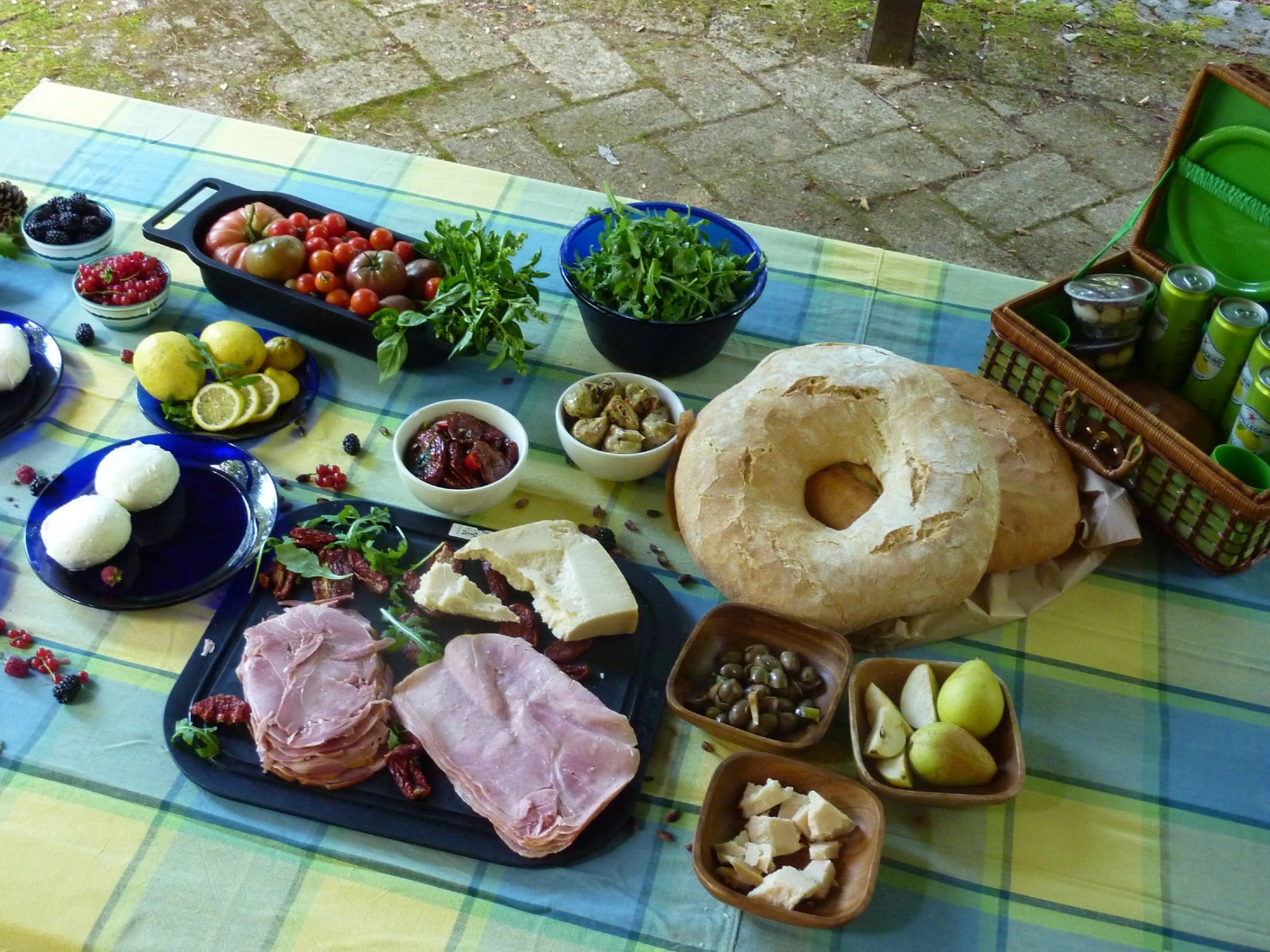
The importance of our traditions
According to a Coldiretti/Swg survey 2011, nearly half of Italians (46%) see traditional Italian cuisine and dishes as the most significant aspect of their national identity, surpassing culture, fashion, football, and science and technology.
The attachment of Italians to their culinary traditions can be partly attributed to Italy's historical and cultural formation.
After the unification of Italy, Massimo d'Azeglio, leader of the movement that advocated an Italian national revival, famously noted that there was a need to forge a collective Italian identity where culinary tradition played a crucial role.
Pellegrino Artusi's "Science in the Kitchen and the Art of Eating Well" became instrumental in entering many Italian homes and aiding in cultural and linguistic unification.
Historian Piero Camporesi even remarked that Artusi's cookbook contributed more to national unification than some of Italy's most influential literary works.
This deep connection to culinary tradition highlights the significant role of food in shaping Italian culture and identity, which continues to influence Italian cuisine today.
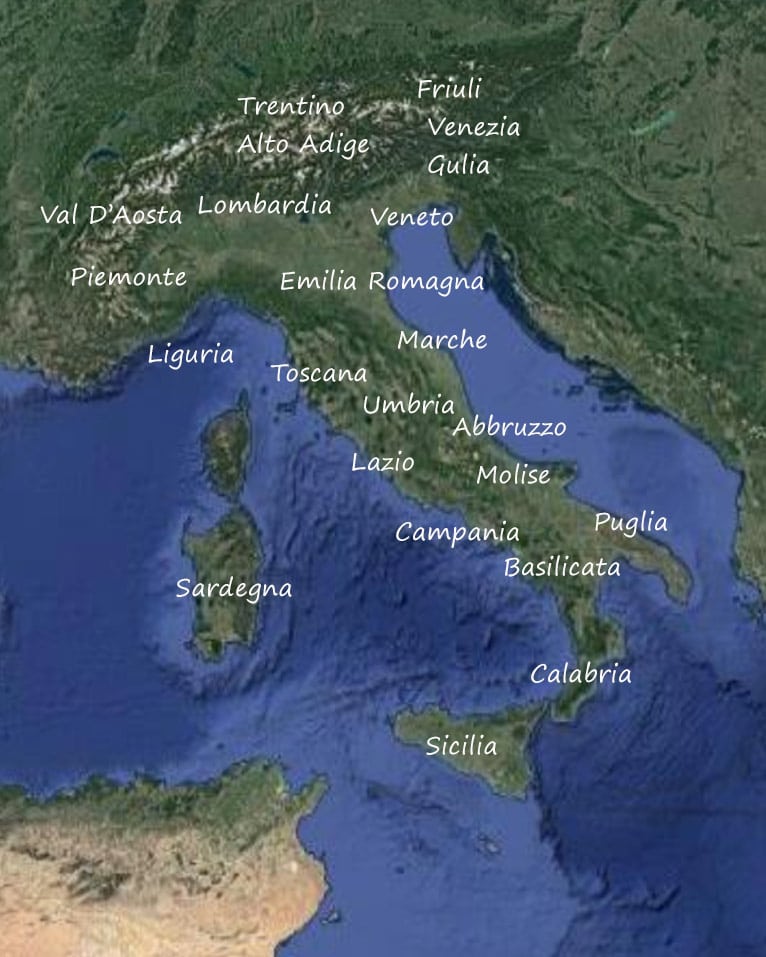
Origines of flavor combinations
The origins of flavor combinations in Italian cuisine that lasted until the 15th century can be traced back to ancient Greek cookery.
The Galenic theory, established by the ancient physician Galen focused on balancing four qualities - heat, cold, dry, and humid - which correspond to the elements of fire, air, earth, and water.
This approach extended beyond medicine to food and cooking, influencing how ingredients were combined and prepared.
For instance, dry meats were boiled to add moisture, while wet meats were roasted to remove it.
These principles are still evident in Italian cooking today, where food pairings and cooking methods are chosen to achieve a balance in dishes, leading to the creation of classic combinations like melon with ham or pear with dry cheese.
This approach also extends to serving robust meats with sweet sauces, using garlic sauce for fatty meats, and pairing fish with citrusy sauces, reflecting the enduring influence of ancient culinary principles on modern Italian cooking.
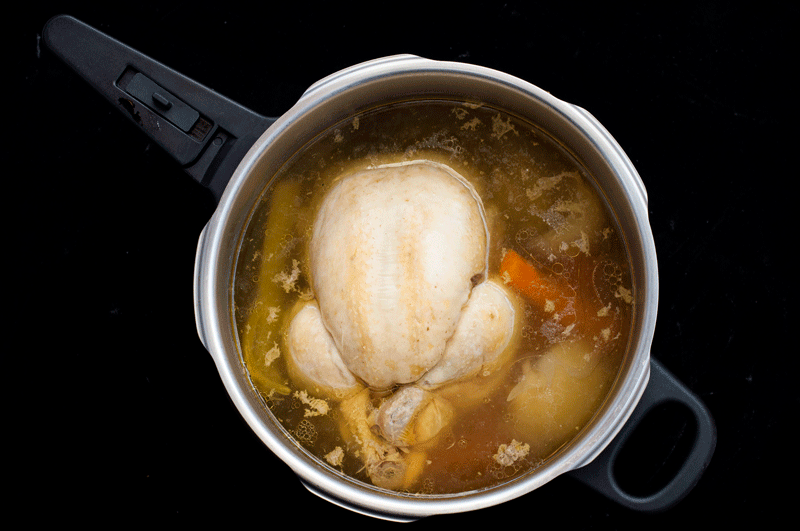
Ancient and Medieval Influences
Roman Empire Culinary Practices
The Roman Empire laid the foundation for modern Italian cuisine.
Ancient Romans were skilled in the culinary arts, focusing on diverse ingredients and complex flavors.
They introduced techniques like fermentation and the use of spices to enhance food.
Staple ingredients included grains like durum wheat, olives, and grapes, leading to the development of pasta, extra virgin olive oil, and wine, which are central to Italian cuisine today.
For an in-depth exploration of Roman culinary practices, consider reading "The Fascinating Ancient Roman Recipes" and "The Amazing Trajan's Ancient Roman Markets."
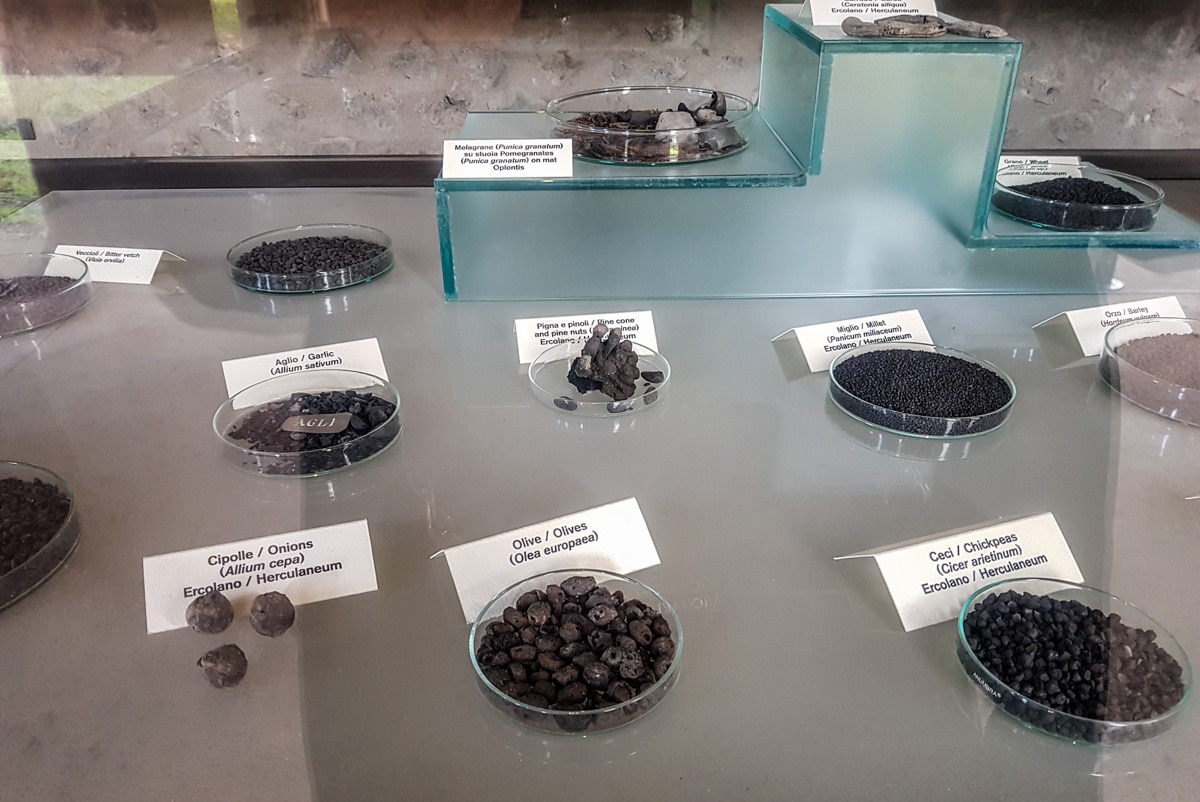
Arab Influence and the Middle Ages
During the Middle Ages, Arab colonizers' influence significantly shaped Italian cuisine, especially in regions like Sicily.
The Arabs introduced ingredients such as rice, citrus fruits, and spices like saffron, which became integral to Italian cooking.
They also brought advanced irrigation techniques, boosting agriculture.
This period saw the emergence of dishes like risotto and various pasta forms, reflecting a blend of Arab culinary techniques and local Italian traditions.
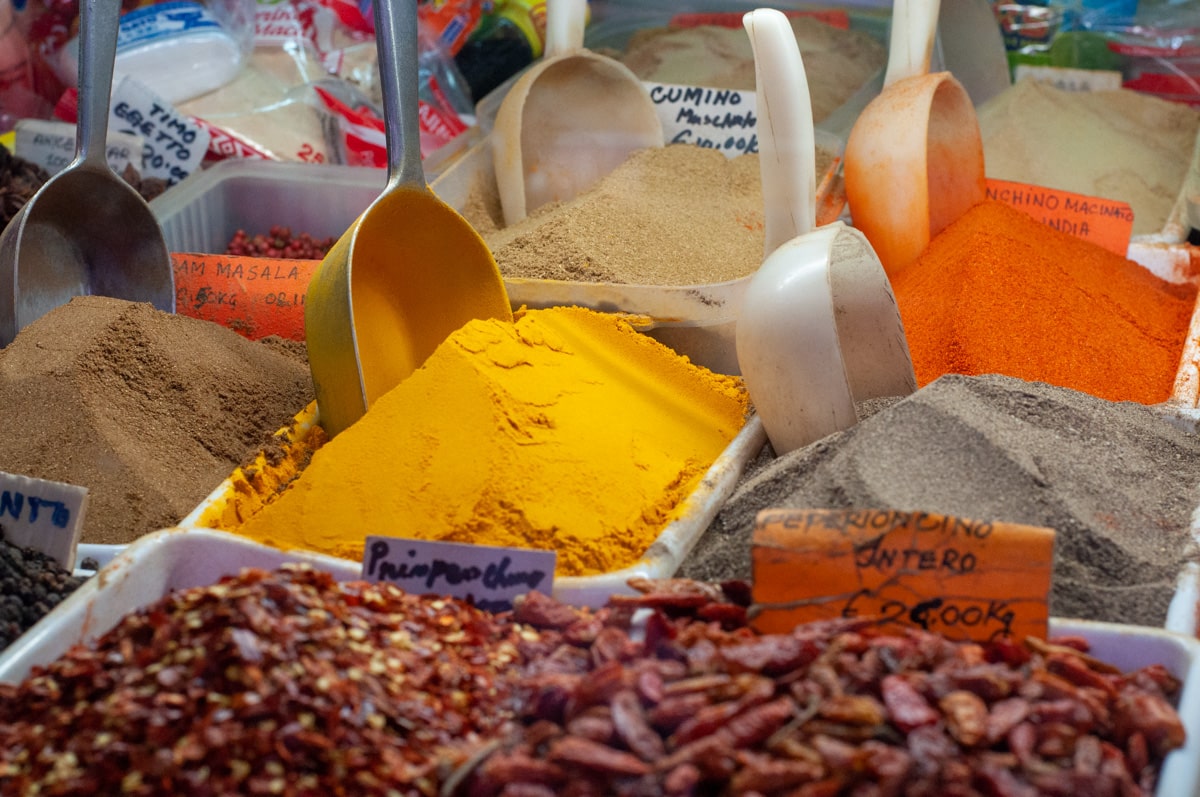
From lavish banquets to elaborate social events
Lavish banquets trace their origins to Roman times, gradually shifting from mere displays of opulence to elaborate social events.
By the 13th century, these feasts evolved into cultural and social hubs, transcending beyond mere eating.
They turned into occasions for enjoyment, music, and camaraderie, reflecting the transition from a warrior class to a more refined courtly aristocracy, thus redefining the manifestation of power.
In this era, the art of cookery began to be documented, and food presentation became a symbol of leadership and diplomatic acumen.
These grand dining customs persisted, epitomizing both power and societal status.
Presently, they remain a cornerstone of Italian culture, embodying celebration, generosity, and a profound sense of hospitality.

Meal structure of the Renaissance period
During the 15th century, meal structuring was an art form.
The Cook's role “Cuoco” was to prepare dishes, while the “Scalco” orchestrated the meal's structure.
Bartolomeo Sacco, known as Platina, a Renaissance humanist writer, authored the first printed cookbook.
Platina devoted a chapter to the sequence of food consumption, highlighting the significance of this order in meals.

He recommended beginning with items that activate the stomach and provide gentle nourishment.
Salads, typically dressed with oil and vinegar, were also favored as a starting point by other culinary experts.
However, there was a belief among some that salads should be consumed throughout the meal to maintain a constant stimulation of appetite.
The function of salads in meals sparked discussions for centuries, including debates on how to dress them.
Eventually, salads found their place as a side dish for roasted meats.
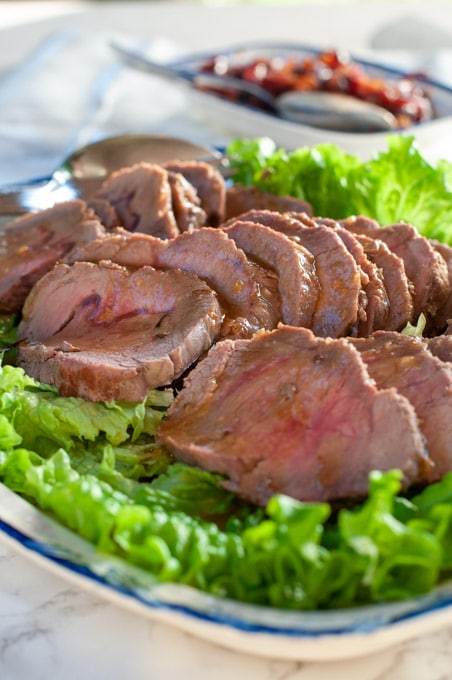
The main course, often meat, faced less contention and was universally recognized as the meal's most nutritious element.
Platina noted that boiled meats should be served before roasted ones, but these guidelines were not rigid, and opinions varied.
The meal's third course was considered one to "seal the stomach," favoring foods with astringent qualities, typically warm and dry in nature.
To find out how an Italian meal is structured today, you can read the article: Italian Sunday Dinner: A 6 Meal Courses Ideas
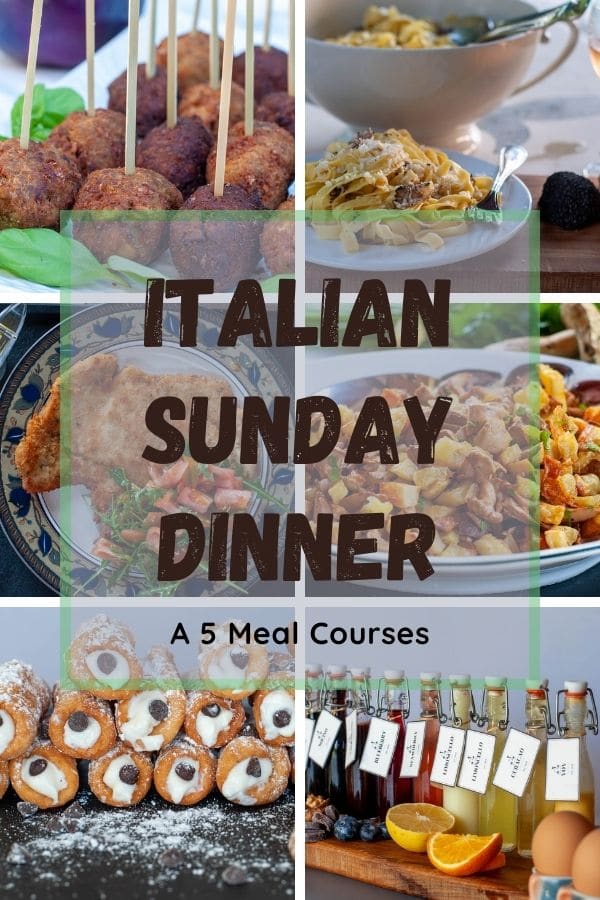
New flavors and new techniques
During the Renaissance and beyond, Italian cuisine saw a transformative period with the introduction of new flavors from the New World.
This era brought ingredients like tomatoes, potatoes, and maize, revolutionizing Italian cooking and leading to iconic dishes we know today.
This period saw the refinement of cooking techniques and the introduction of sophisticated flavors.
These developments continued from the 17th to the 19th centuries, with regional cuisines becoming more distinct.
Influences from other European countries also began to shape Italian dishes, leading to the rich variety of flavors and styles that characterize Italian cuisine today.
This era set the foundation for modern Italy's diverse and celebrated culinary landscape.
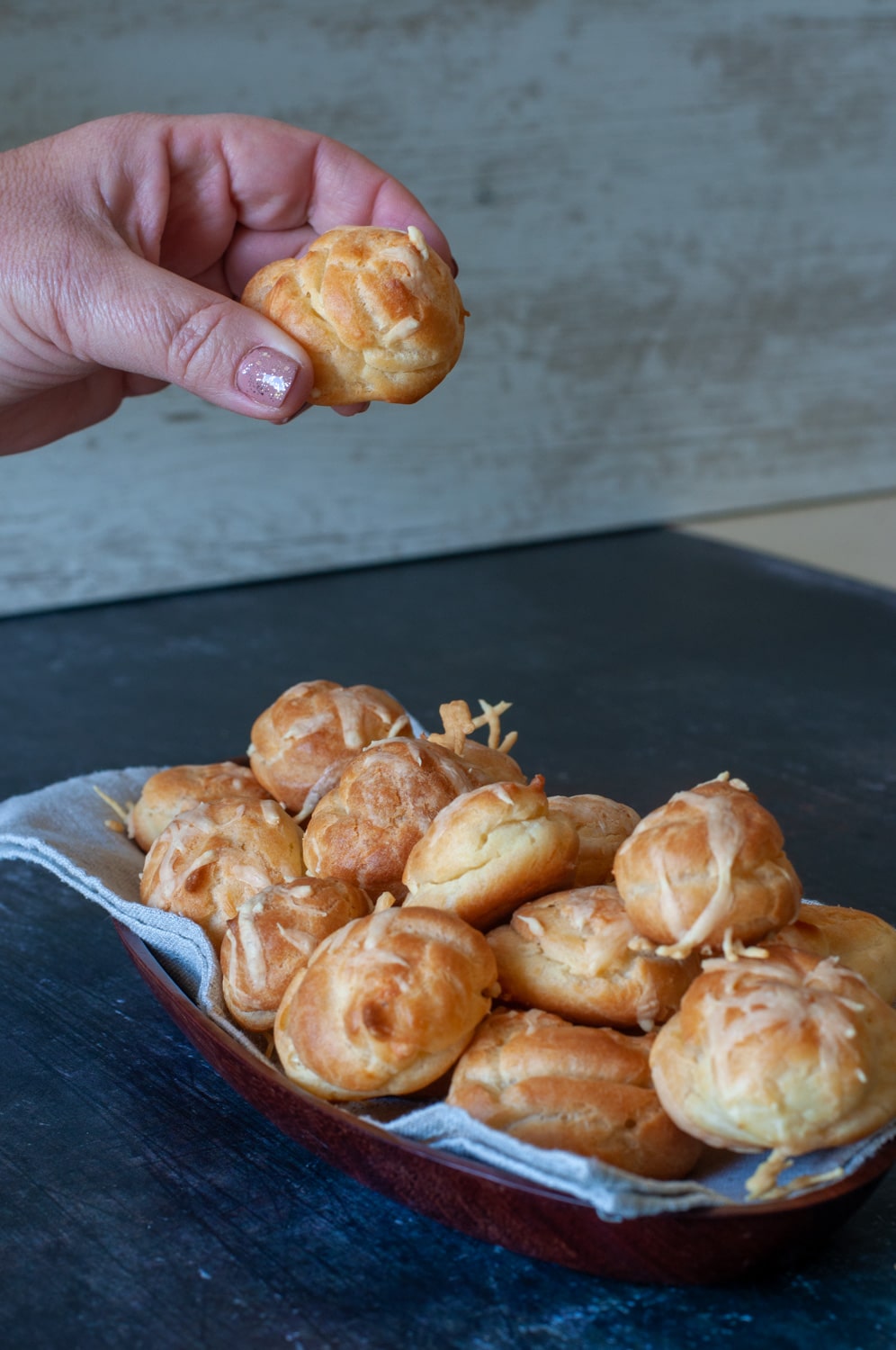
French influence in the 16th century
In the 16th century, French influence dominated the high-end dining scene with large banquets, elaborate dishes, and sophisticated culinary techniques that emphasized artistry and presentation.
These grand meals began with "Sideboard services," "cold services," and "fruits."
These appetizers, prepared in advance, were designed to engage guests, affording chefs extra time to perfect the hot "kitchen services."
All dishes for each service were laid out simultaneously, granting guests the liberty to serve themselves.
During this era in Italy, starting meals with sweet, sugary foods was fashionable, diverging from the French and German practice of beginning with sour or savory flavors.
As the 18th century advanced, this dining style, ingrained in the Renaissance and Baroque periods, became widely acknowledged as the "French service".
This method involved placing all dishes on the table at once, with hot items on chafing dishes and cold ones on ornate stands.
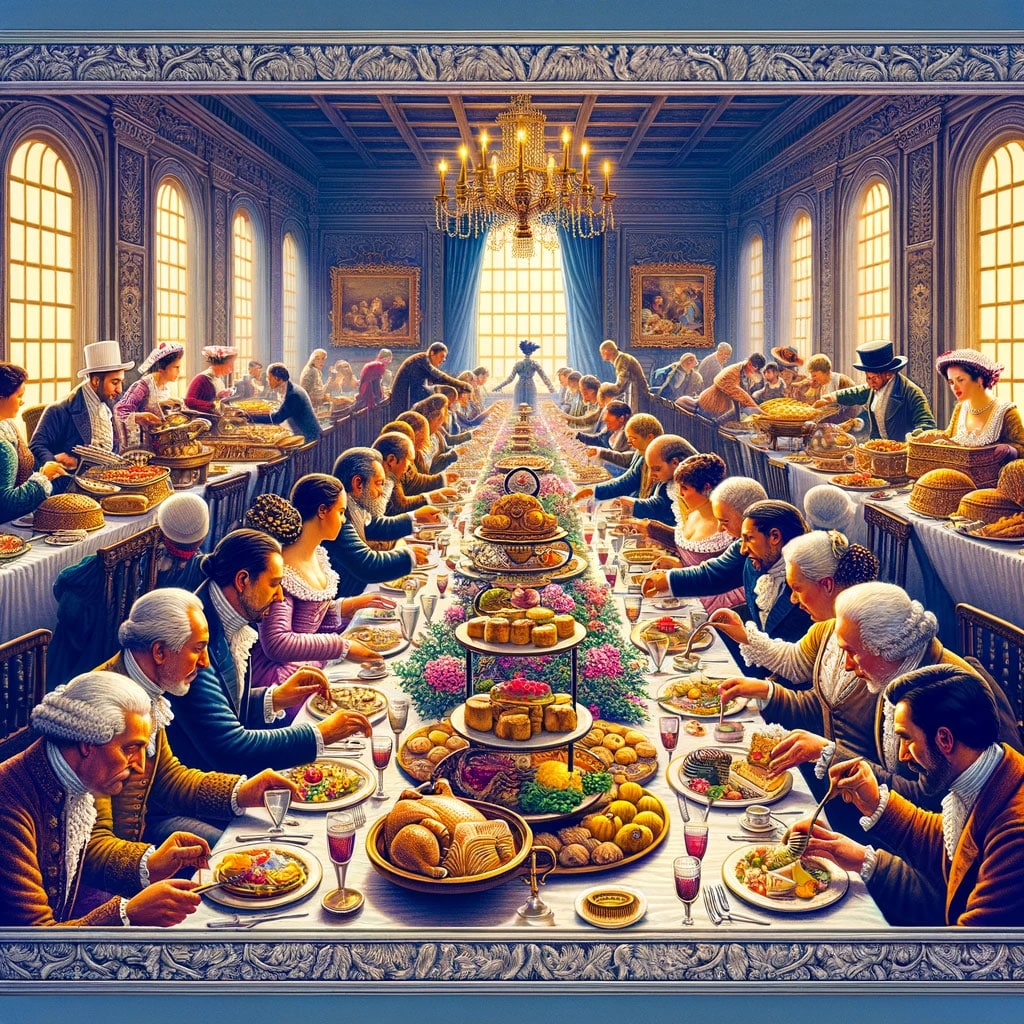
Guests were invited to the table after the food trays had been arranged.
Not every dish was accessible to all guests; the most sumptuous dishes were placed near the most distinguished guests, beyond the reach of others.
Guests served themselves in no specific order, led by their tastes and appetites.
The meal featured breaks for tray changes and for guests to wash their hands in rose water, enhancing the sophistication of the dining experience.
In the years following Italy's unification, the culinary landscape was as fragmented as its regional dialects.
French influence dominated the high-end dining scene with large banquets, while Italian kitchens remained regionally distinct.
It took about thirty years for the concept of a unified Italian cuisine to take root, a movement largely driven by Pellegrino Artusi.
His efforts were crucial in integrating these diverse culinary traditions, paving the way for a cohesive Italian gastronomic identity that acknowledged both regional uniqueness and French culinary influences.
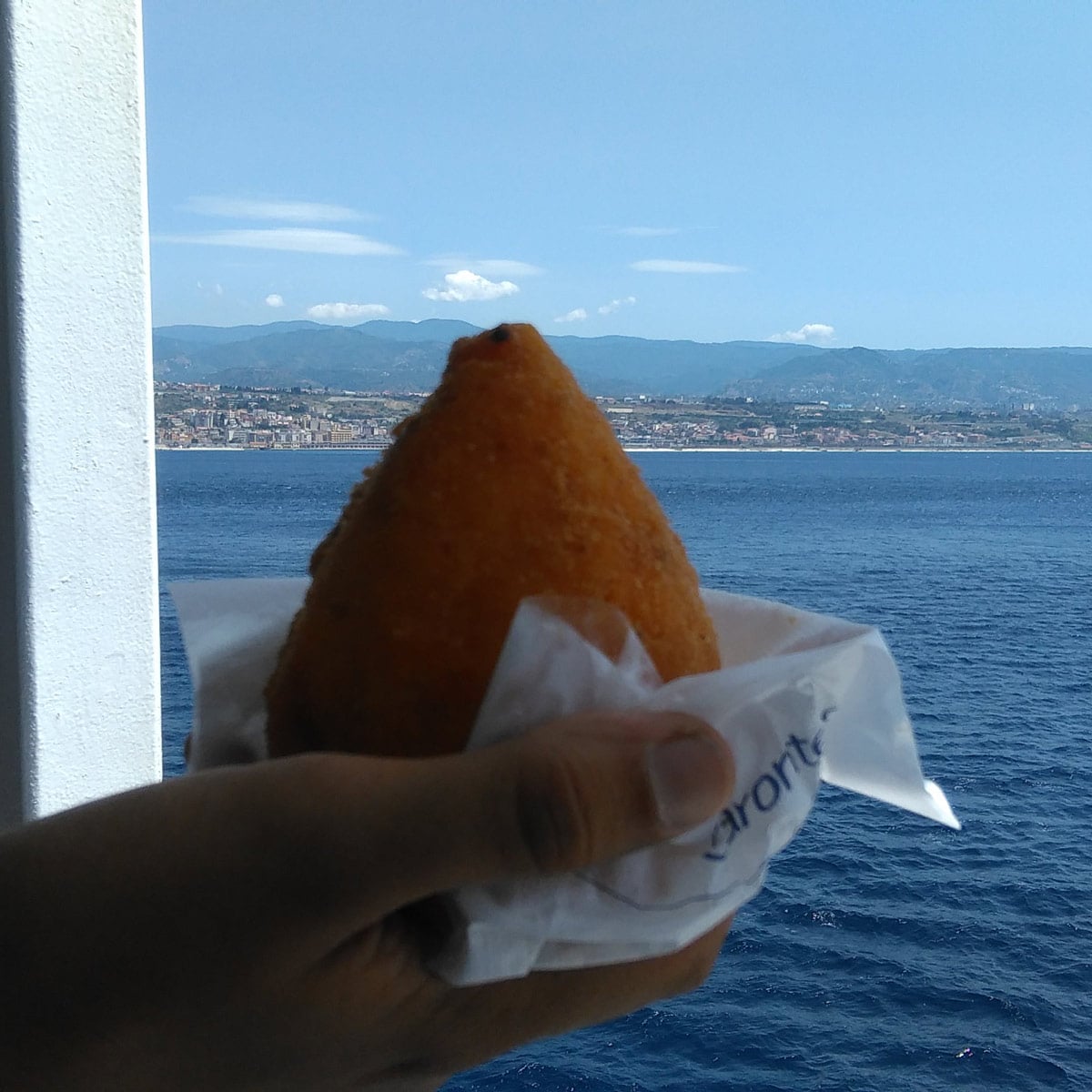
The unification of Italy and its cuisine
The unification of Italy significantly influenced its cuisine, intertwining culinary development with national identity.
Symbolized by Camillo Benso, Count of Cavour,a leading figure in the movement towards Italian unification, metaphorically used oranges and macaroni to describe political progress, this period saw food becoming a unifying factor.
Pellegrino Artusi's first cooking book written in Italian, "Science in the Kitchen and the Art of Eating Well", played a pivotal role in entering homes and aiding in linguistic and cultural unification.
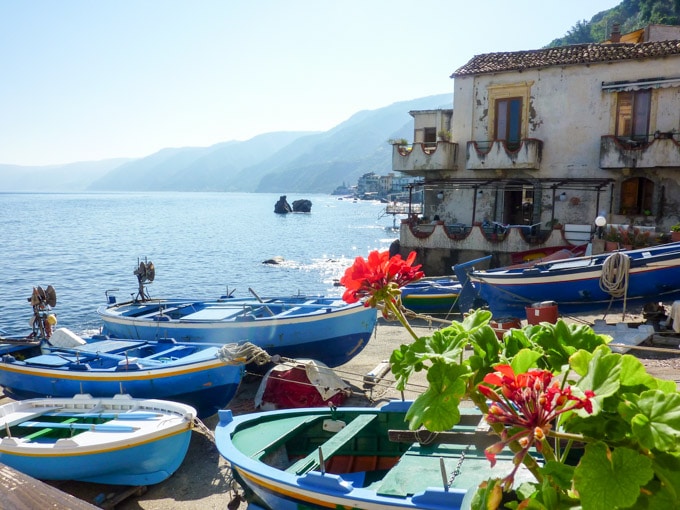
From grandiose banquets to moderation
Guided by bourgeois ideals of decorum and moderation, Artusi's culinary approach emphasized a national and cost-effective cuisine.
Drawing from the diverse gastronomic heritage of Italy, especially from central and northern regions, he crafted a selection of dishes.
These included regional specialties like chicken liver crostini and Milanese risotto, extending to the iconic combination of pasta and tomato sauce, a pairing symbolic of Italian cuisine under Artusi's influence.
His contributions marked a significant moment in the culinary history of Italy, setting a foundation for what is known today as traditional Italian cuisine.
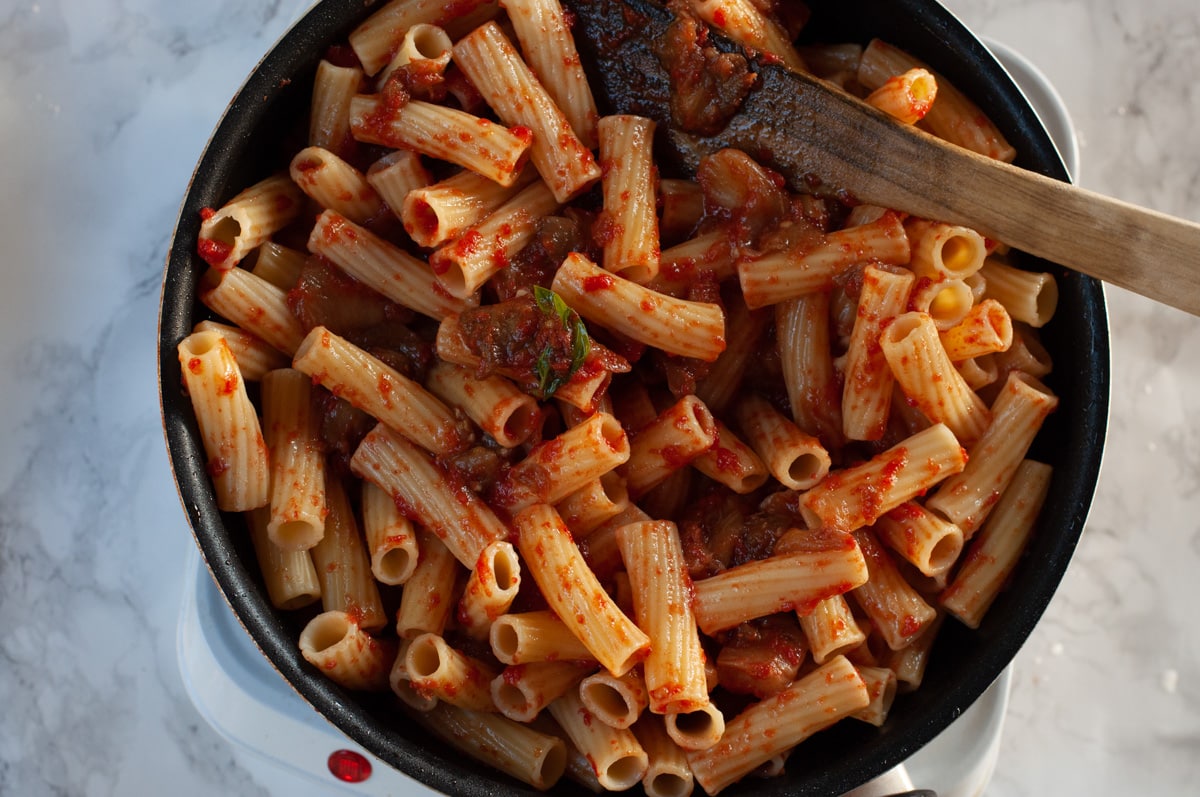
Russian influence in the 19th century
The 19th century saw a crucial transformation in dining styles, shifting from French to Russian service.
While French-style table service displayed wealth and power, Russian service was characterized by serving one course at a time, each freshly cooked and hot.
A notable rule in Russian service was to avoid repeating any ingredient across the menu, with black or white truffles as the sole exception.
After a period where both styles coexisted, Russian service eventually dominated and remains the predominant method today.
Culinary benefits of the Russian service include dishes served fresh, at the perfect cooking point, and with aromatic excellence.
It maintains elegance and fine dining while reducing overt extravagance, enabling exquisite eating experiences without unnecessary pomp or waste.
For more information you can read the article: Italian table setting and etiquette.

Italian cuisine today
Italian cuisine, a key part of Italy's identity, shows how the country blends different traditions into its own unique style. Its beauty lies in its variety, with no single dish outshining the others.
This food culture, common to all regions and social classes, represents the whole of Italy.
However, the rise of new media and a focus on traditional recipes risk overlooking the evolution of Italian cuisine, which is rich in distinct historical and regional traditions.
This understanding adds depth to Italian food, recognizing the value of each culinary era.
If you are interested in more information about Italian history and culture you can check out the category: Italian food tradition and leave your comment below I would like to hear from you. You can find more delicious ideas if you FOLLOW ME on Facebook, YouTube, or sign up to my newsletter.

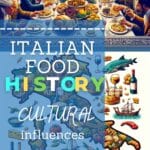




Leave a Reply